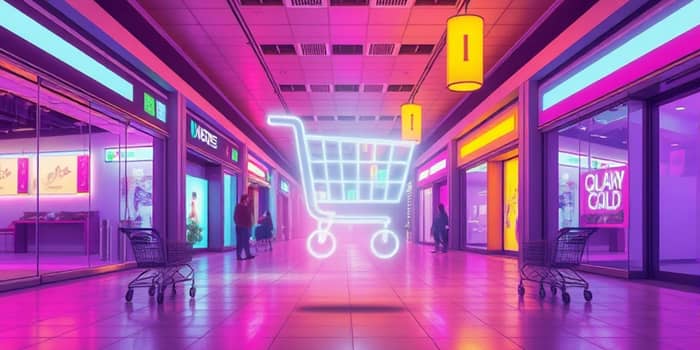
The American retail landscape is undergoing dramatic shifts, and the echoes of shuttered doors are growing louder. This article explores the forces driving store closures, the social and economic fallout, and the strategies that may define the future of physical retail.
In the first half of 2025, industry analysts projected a staggering 15,000 brick-and-mortar stores would close across the United States. This figure more than doubles the record-setting 7,325 closures in 2024 and highlights a net contraction in physical retail.
The trend began well before the pandemic, with over 12,000 closures in 2017 and 9,302 in 2019. Yet, the pace has accelerated as retailers grapple with unprecedented headwinds.
National chains and local businesses alike have felt the strain. Among the most notable casualties:
The fallout extends beyond storefronts. An estimated 75,000 retail jobs lost in early 2025 has destabilized local economies, especially in downtown districts and main streets that rely on retail anchors for foot traffic.
The contraction of physical retail is not a random disaster but the convergence of several potent forces.
The casualization of dress codes and the normalization of remote work have further eroded demand for apparel, one of the sectors most dependent on mall traffic.
Beyond corporate balance sheets, the retreat of brick-and-mortar outlets carries profound community consequences.
Pharmacy deserts are emerging in rural and low-income urban areas where CVS, Rite Aid, and Walgreens once anchored healthcare access. With fewer local options, residents may face delays in obtaining essential medications or rely on big-box alternatives that cannot fully fill the gap.
Downtown and mall-district destabilization follows anchor closures. Empty storefronts lead to reduced tax revenues, blighted real estate, and a diminished sense of community. For small business owners who depended on passing foot traffic, the consequences can be devastating.
Some experts argue that the phrase “retail apocalypse” sensationalizes a broader transformation. They suggest that a retail metamorphosis is underway: a market correction rather than an unmitigated collapse.
Evidence of this evolution includes:
Physical retail sales have even grown in select categories, suggesting that adaptability, not obsolescence, defines success.
Retail experts identify several strategies that can help brick-and-mortar stores remain relevant:
Smaller specialty retailers that invest in digital integration and unique value propositions have a fighting chance, even as mass-market players contract.
*Estimate as of H1 2025
The narrative of an all-consuming apocalypse fails to account for retail’s capacity to reinvent itself. While many stores will inevitably close, the survivors will reshape the landscape through agility, innovation, and a renewed focus on community engagement.
For consumers and local economies, the challenge is clear: support the businesses that embrace both digital efficiency and human connection. By doing so, we can ensure that the corridors of our malls and the storefronts of our main streets retain their vibrancy in a changing world.
References













